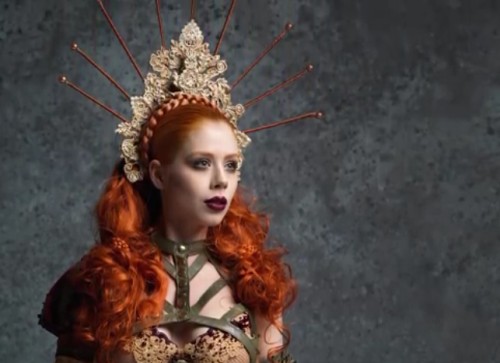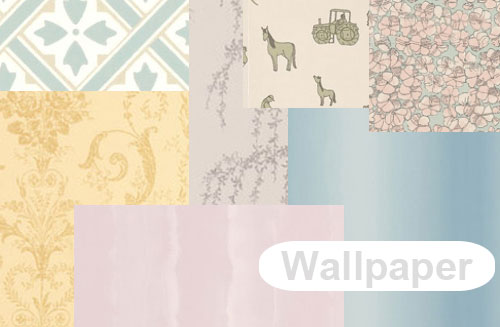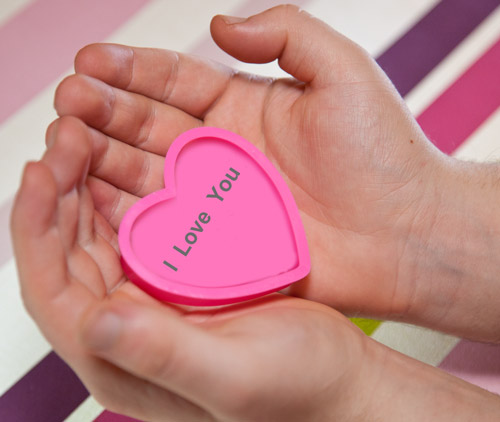
Here is a quick and simple way to create a great backdrop. You can produce your own great designs with a little creativity.
Image from the video below.
The shots and the props can be creative
Great backdrops often make a picture. The simple ones are the best. They do not pull the viewers eye from the subject of the shot. Instead they focus your viewer on your subject. A backdrop should create an environment for the shot that both completes the scene and brings out the best in the subject.
Photography is creative and the backdrops should be too
There are a million creative things you can do with your pictures. Making backdrops can be equally as creative. In addition they add a new spin and level of creativity to your shots.
You can make backdrops out of wood, canvas, sheets, paper, metal… well millions of things. Be careful they are not too heavy. If they fall and hit someone they might be injured. Don’t make backdrops too flimsy. They might fall apart during the shoot. Apart from that the sky is the limit!
Here are some ideas I have seen used to good effect.
- Autumnal leaves densely stuck to an old sheet.
- Spaghetti stuck to an old sheet.
- Chinese lettering enlarged in a copier and stuck on white wall paper liner.
- Wallpaper of many designs.
- Hundreds of pieces of string hanging down.
- Dozens of electric lights hanging down.
- Hundreds of Wooden scraps nailed to five planks in a random fashion.
- White back drop paper with lightly pencilled circles drawn all over it.
- A white sheet “tie and dyed” with various patterns.
I am sure you can think of many more creative ways to enhance your shoot with DIY backdrops. Just take a little time to think over what you need for your shoot.
Here is a Google search for “Creative backdrops images“. Plenty of ideas there to stimulate your thinking!
Some simple principles for good backdrops
Some backdrops are simply not right for the shot. Of course there are those artists who seem to make anything work. For those of us who need a little guidance, here are some principles to help you design your backdrop:
- Do not make the backdrop stronger or brighter than the subject.
- Choose colours that bring out the colours in your subject.
- Use colours and designs that almost fade into obscurity allowing the subject to blossom.
- Allow your backdrops to complement the subject – not clash with it.
- Use texture, tonality and hue to vary the background so it appears to be slightly 3D.
- Be careful that patterns do not emerge unless they are deliberate.
These are not rules. They are guidelines to get you started. Of course as your skill as a photographer and backdrop-maker develop you can make or break these principles. Have fun. Make great shots!
How to make your own studio photography backdrop – video
In the video below there is a quick and simple method of setting up a canvas backdrop. It can be done in a few hours. If you don’t have much space you can make it out of doors. Enjoy this video short and let it help your mind be creative.
Comments, additions, amendments or ideas on this article? Contact Us
or why not leave a comment at the bottom of the page…
Like this article? Don’t miss the next — sign up for tips by email.
Photokonnexion Photographic Glossary – Definitions and articles.
Definition: Backdrop
The secrets of good backgrounds
Definition: Chroma key (green screen)

Damon Guy (Netkonnexion)
See also: Editors ‘Bio’.
By Damon Guy see his profile on Google+.




